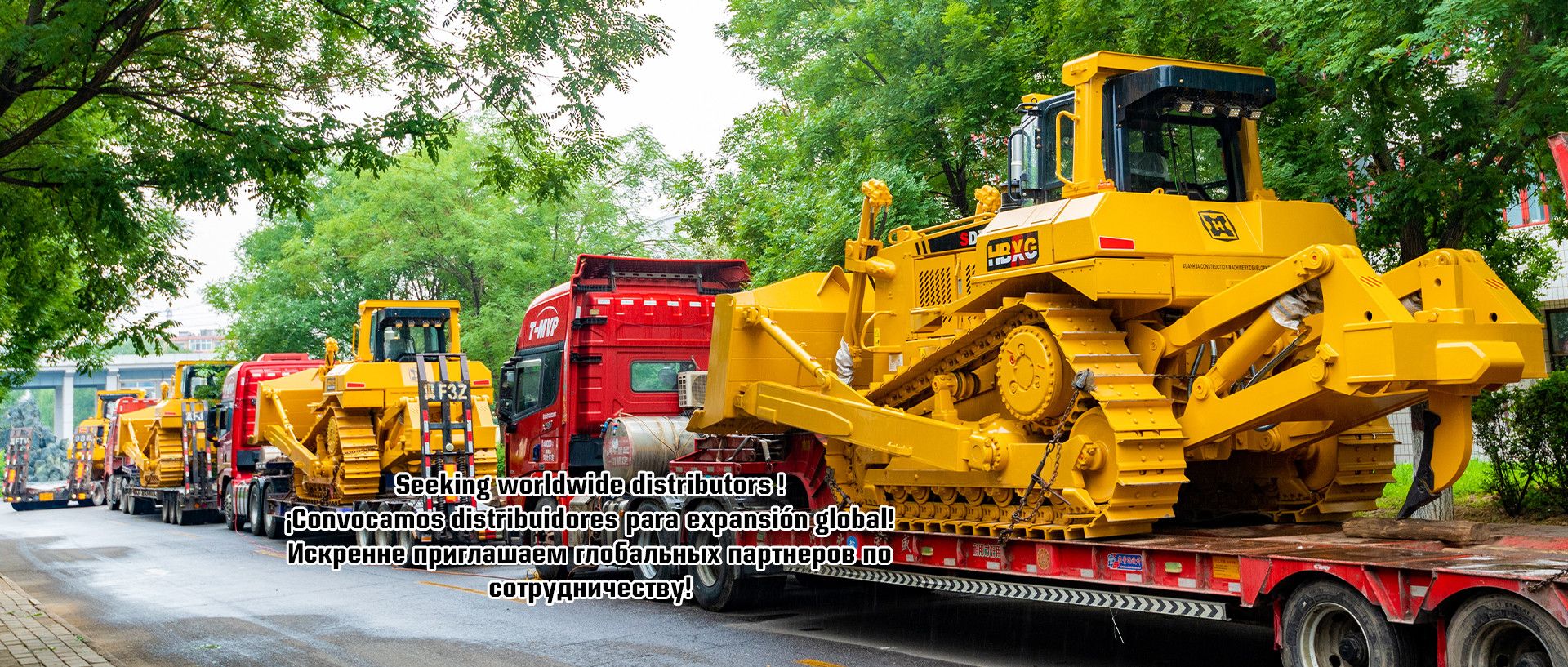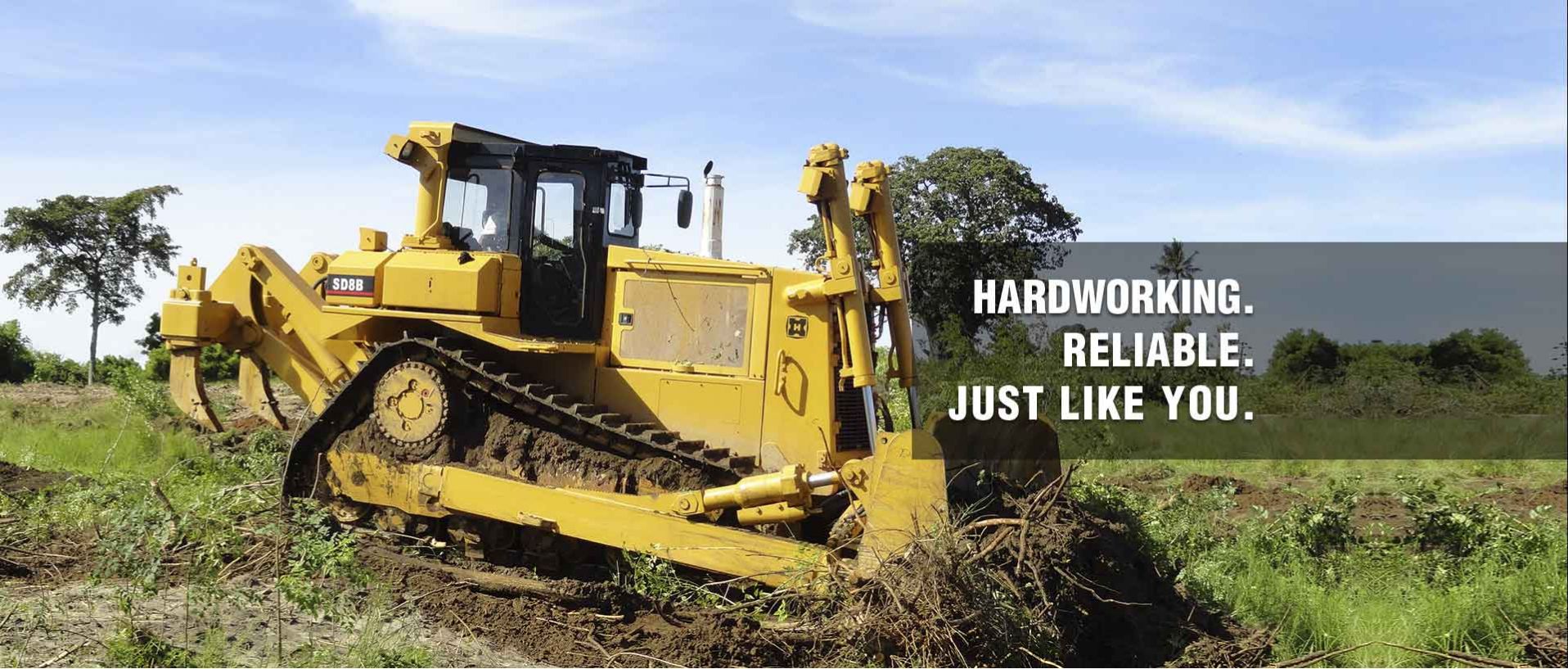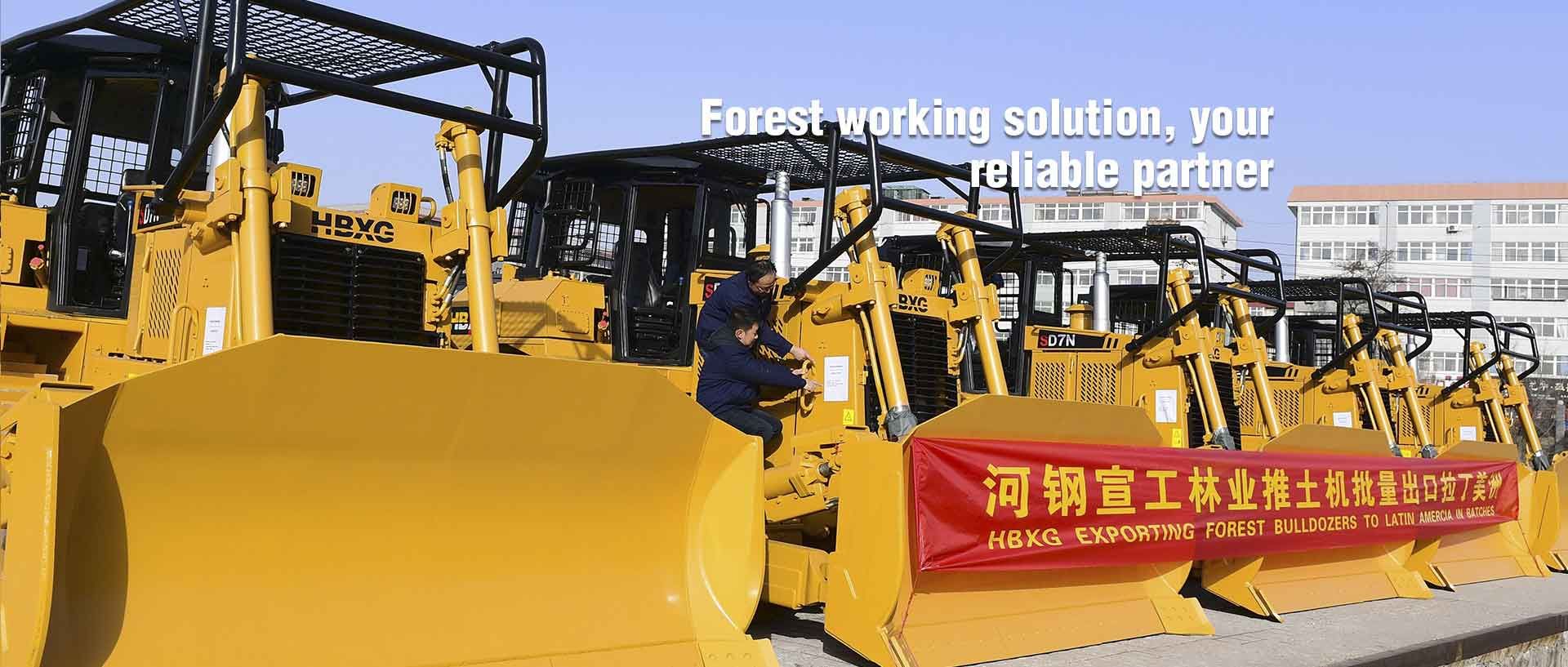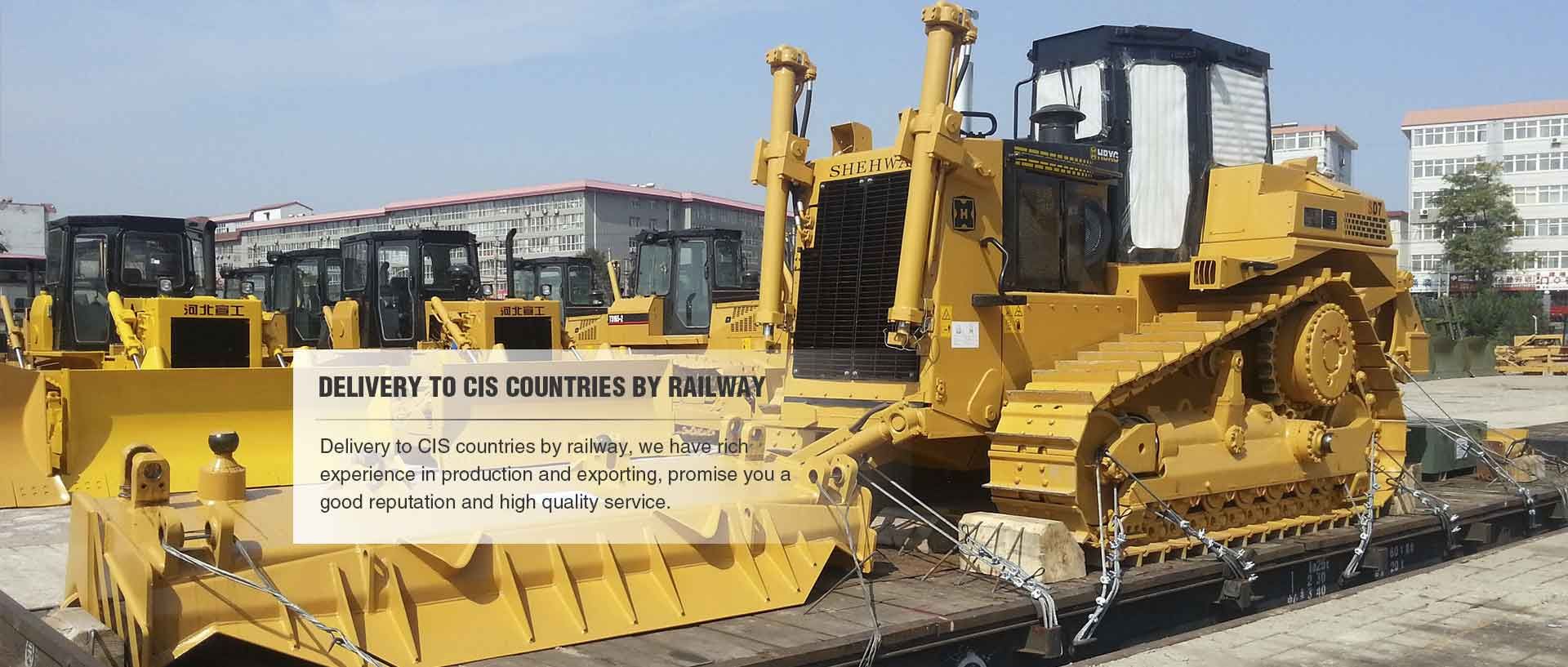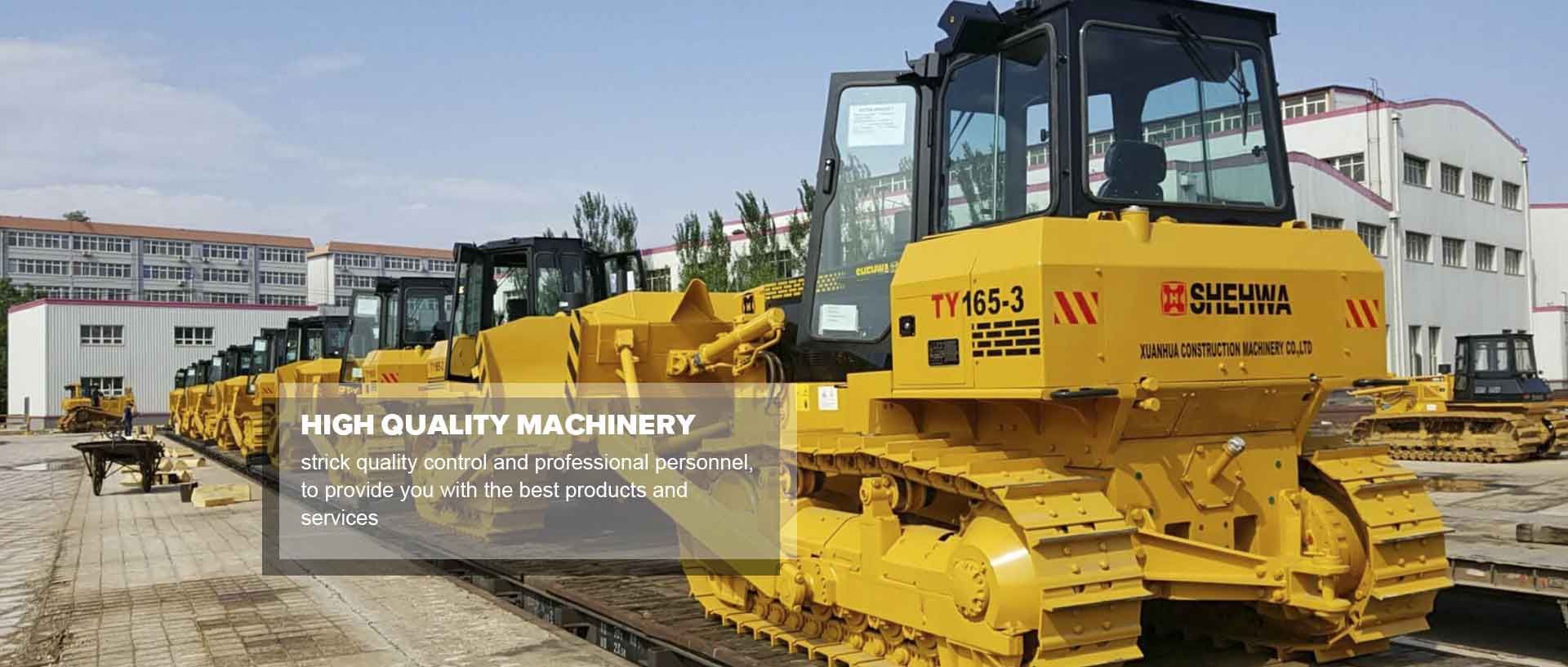What are the three main types of drilling rigs?
 Aug. 15, 2025
Aug. 15, 2025
In the evolving world of engineering and construction, drilling rigs have become indispensable. These machines play a crucial role in various sectors, including oil and gas exploration, mining, and construction of foundations. As industry demands grow, the emergence of advanced machinery like the jumbo drilling rig provides a solution to common pain points faced during conventional drilling processes, such as inefficiency and operational costs. By utilizing high-capacity drilling rigs, projects can significantly reduce labor time and improve safety measures, leading to work completion rates that can soar up to 30% faster.
What are the Three Main Types of Drilling Rigs?
When discussing drilling rigs, it's essential to know the three primary types: rotary drilling rigs, cable tool rigs, and jumbo drilling rigs. Each has its specific applications, but the focus here will be on jumbo drilling rigs.
Definition of Jumbo Drilling Rig
A jumbo drilling rig is a powerful machine designed for high-capacity drilling tasks. Unlike traditional rigs, jumbos are equipped with dual-boom arrangements that can simultaneously drill multiple holes. The industry term "jumbo" indicates its capability to handle larger diameter drilling, often used in tunneling and underground mining operations. With sizes that can exceed 20 tons and torque ratings reaching 20,000 ft-lbs, jumbo rigs represent the apex of drilling technology.
Application Scenarios
Jumbo drilling rigs are primarily used in:
Tunneling: They are crucial for creating passages through rocks, facilitating railway, roadway, and utility construction.
Mining: In underground mines, jumbos drill blast holes, which are vital for extracting ore.
Geotechnical Projects: They provide soil and rock sampling for engineering assessments.
Foundational Work: Use in constructing deep foundations for skyscrapers and large structures.
Each of these applications requires precision and speed to meet project deadlines effectively.
Brief Description of Advantages
The advantages of using jumbo drilling rigs are significant:
Increased Efficiency: Projects have reported a time reduction of 25-30% compared to traditional methods.
Cost-Effectiveness: Decreased labor requirements lead to cost savings that can reach 15% per project.
Improved Safety: The automated nature of jumbo rigs minimizes human error, reducing accidents on site by up to 40%.
Precision: Advanced technology ensures that drill holes are accurately placed, reducing waste and optimizing material extraction.
The importance of these rigs cannot be overstated as they contribute to the productivity and safety of modern engineering projects.
Next Steps: Guidance for Users
For those interested in further learning about jumbo drilling rigs, consult the user guides provided by manufacturers such as HBXG. These guides offer everything from operational instructions to maintenance schedules, ensuring that operators can maximize the rig's capabilities for any application.
FAQs
Q1: What is the typical depth a jumbo drilling rig can reach?
A1: Jumbo drilling rigs can reach depths of 200 meters or more, depending on the configuration and application.
Q2: How does a jumbo drilling rig improve project timelines?
A2: Through simultaneous drilling of multiple holes and reduced operational downtime, projects can see completion rates improved by up to 30%.
Q3: What maintenance is required for jumbo drilling rigs?
A3: Regular maintenance includes checking hydraulic systems, maintaining drill bits, and routine inspections to ensure safety and efficiency.
For anyone looking to enhance their understanding of jumbo drilling rigs or to see their benefits in action, considering a trial or exploring further information through HBXG can provide invaluable insights.















